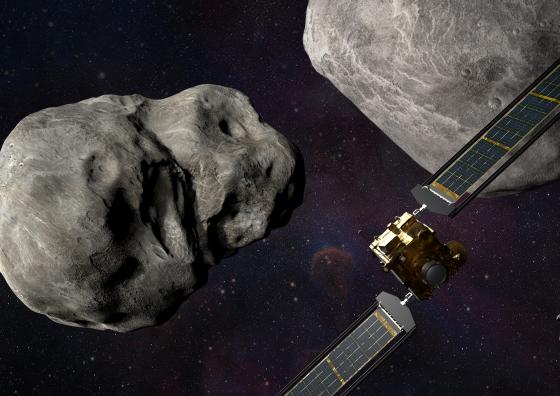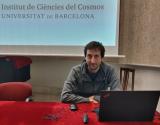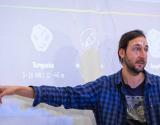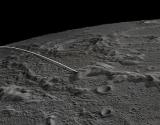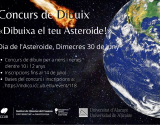Bits of interplanetary dust and rock hit Earth all the time. Most of these are harmless and burn up in our planet’s atmosphere. Occasionally, some bigger objects make it through, causing local damage or, in extreme cases, massive devastation. But with the right technology and knowledge of asteroids’ orbits, scientists can anticipate and prevent an impact by defecting an asteroid just enough to avoid a collision. NASA’s Double Asteroid Redirection Test, or DART, is the first mission to demonstrate the technology to defect an asteroid. DART will use an autonomous guidance system to aim itself in the direction of Dimorphos, a small natural satellite of the asteroid Didymos. DART is expected to impact at more than 21,000 km/h, modifying the trajectory of the satellite and, in turn, the orbit of the main asteroid. Telescopes on Earth will then measure the amount the asteroid is defected by observing the change in its orbit and in the moonlet’s orbit as well.
The impact of DART on Dimorphos is confirmed for September 26 at 23:14 UTC, 1:14 am on September 27, local time in Catalonia. You can follow the countdown at the link.
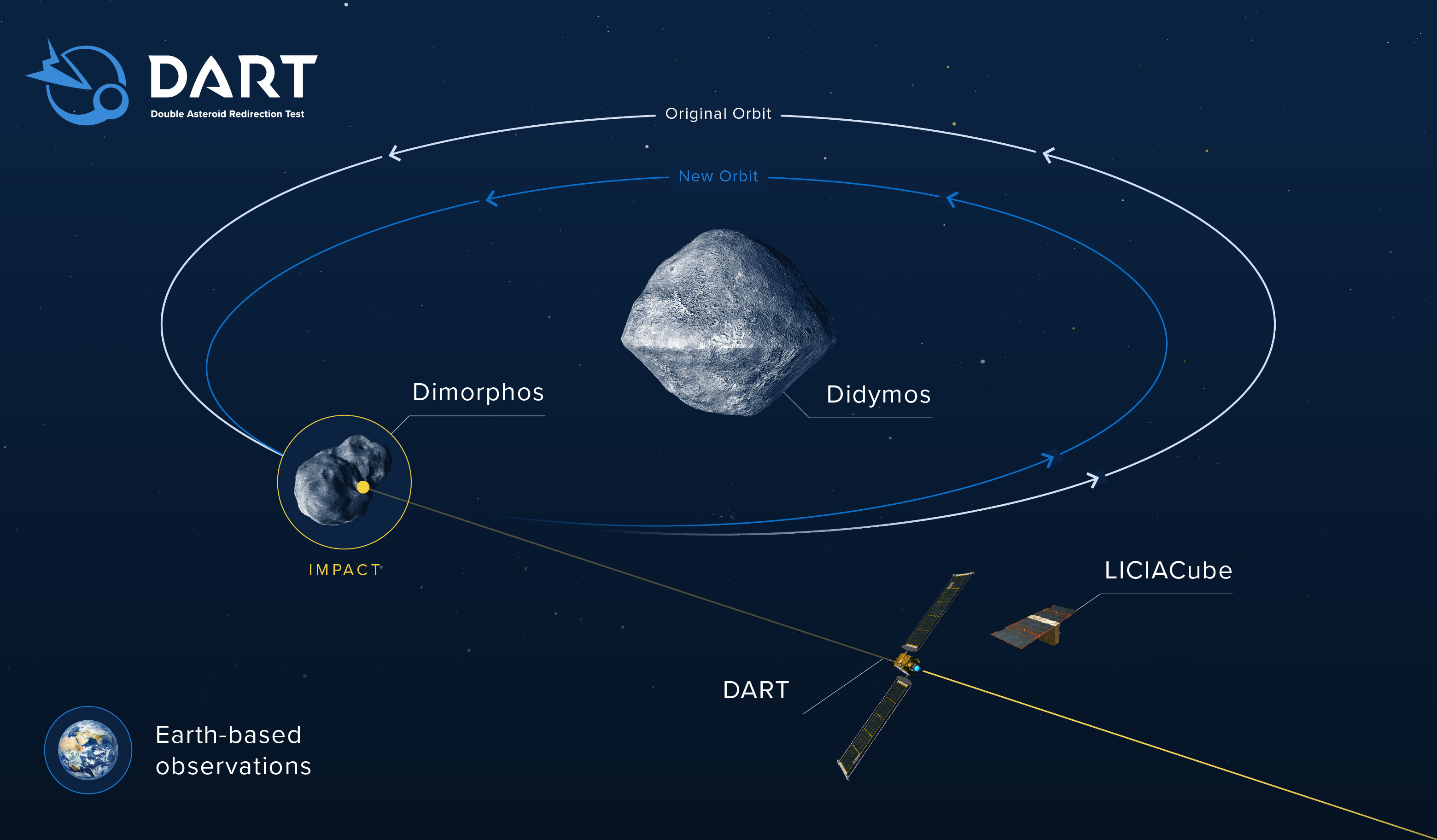
Why Planetary Defense?
On Feb. 15, 2013, an undetected asteroid entered Earth’s atmosphere and exploded over Chelyabinsk, Russia, causing an airburst and shockwave that struck six cities around the region. The blast injured more than 1,600 people and caused an estimated $30 million in damage. It was a stark reminder that potentially hazardous objects can enter Earth’s atmosphere at any time, and that even relatively small ones can be of concern. The Chelyabinsk object was just about 18 meters in size. Astronomers estimate that there are approximately 25,000 near-Earth asteroids close to 140 meters or larger in size — big enough to cause regional devastation if they were to hit Earth. This underscores the need to both discover and track near-Earth objects, as well as perform real-world tests of potential asteroid defection. Asteroids, like Earth and the other planets, orbit the Sun, but they become hazardous only if their orbits and Earth’s orbit intersect at the same point and time. The key to preventing an impact is the ability to predict such mutual arrivals well in advance, then alter the asteroid’s path, even slightly, to make the asteroid arrive early or late, missing a collision with Earth. DART will demonstrate an asteroid defection technique called kinetic impact, in which a spacecraft deliberately collides with an asteroid at high speed to slightly change the object’s motion. The DART spacecraft will collide with the asteroid moonlet, Dimorphos, attempting to change the orbit around its larger companion, Didymos. Although simple in principle, the execution of such a technique demands a lot of engineering expertise and advanced planning, including extensive modeling and simulation of the kinetic impact ahead of launch, as well as precise Earth-based telescope observations of the asteroid system before and after impact.
This is where the collaborating researcher of the Institute of Cosmos Sciences of the University of Barcelona (ICCUB), Toni Santana-Ros, makes his contribution to the mission, participating in the group of ground-based observations to characterize the binary system of Didymos and Dimorphos and acquire as much knowledge as possible before the impact. "The better we know the characteristics of the asteroids before the collision, the better we can assess what changes the kinetic impact of DART has produced. We will also try to observe the plume generated by the impact of DART", says the astronomer.
